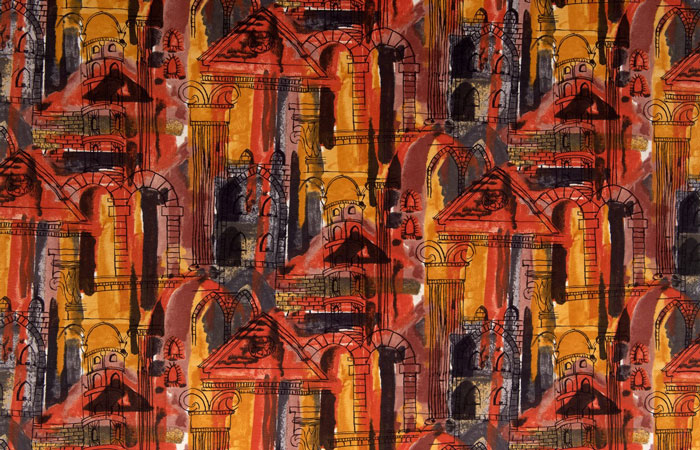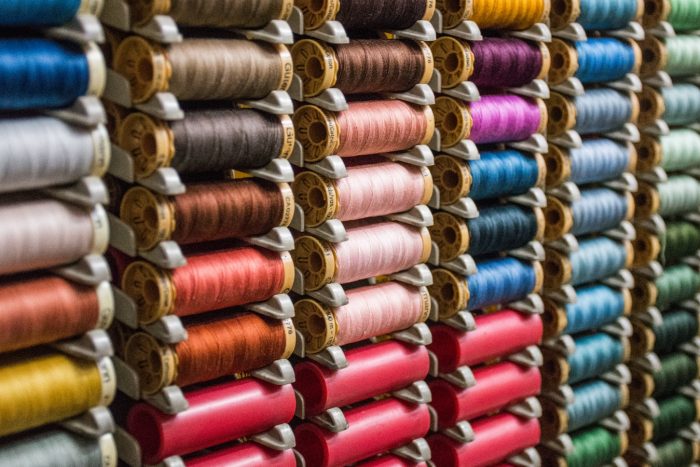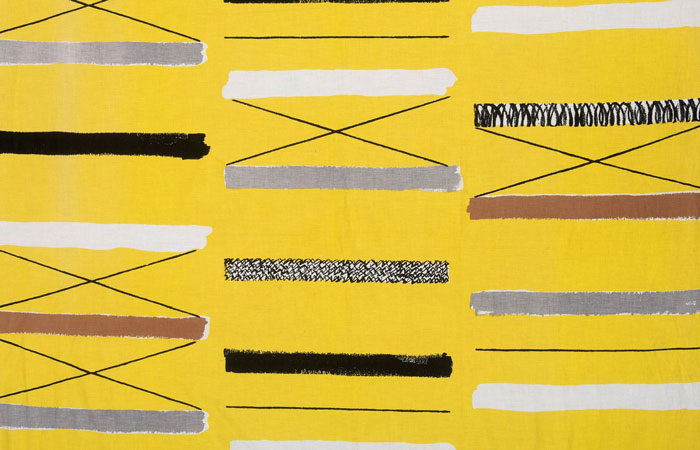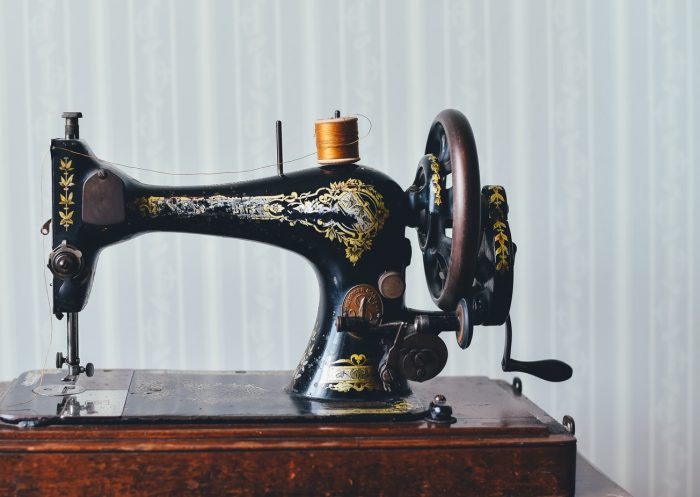Women Textile Designers of the Twentieth Century Exhibition
We’re counting down the weeks until the Women Textile Designers of the 20th Century Exhibition which is held from the 18th of April until the 21st of May 2020 at the Messums Wiltshire. The exhibition is a chance to celebrate the history of textile design and look into the impact women have had on the industry in the last century.

The history of Britain is intricately linked with the history of textiles and their vital role as an economic driver for the British economy. Nevermore so than following the Second World War. As the dark clouds of war lifted, domestically there was a desire for change, for colour, and for inspiration, and this change began in the home. The energy and innovation of British-based women textile designers were destined to revolutionise design worldwide for decades to come. Prior to, during and immediately following World War II, emigrés arrived in Britain bringing new ideas and perspectives that were to revolutionise 20th Century Modern British design. Influences from Vienna’s Wiener Werkstatte, Gropius’s Bauhaus and the bright colours of the West Indies joined with new Modernist thinking in Art Colleges across the country to ensure that in the post-war period ‘Textiles by Britain’ were set to have a global impact.

This exhibition celebrates the vision of these pioneers of 1950s – 70s textile design and seeks to re-introduce their iconic work to new collectors as well as to those who lived surrounded and uplifted by their bold vision and style. Throughout the period, this inspired group of women artists brought modern and contemporary art into the home through their textile designs and truly democratised modern art by making it a part of the furniture.

Lucienne Day, a graduate of the RCA produced fresh pictorial designs swiftly purchased by the Victoria and Albert Museum. She met her husband, designer Robin Day, before her graduation show and they forged a partnership for life that continues to influence design to this day. Her interest in modern artists such as Miró, Calder and Klee and the innovations of the Bauhaus and Modern Swedish Design combined with her love of nature led to inspirational designs that were to make her the most recognised and respected of the textile designers of the mid 20th Century.

Both Prague born Jacqueline Groag and Austrian born Marian Mahler were taught by Wiener Werkstatte founder Josef Hoffman, and Groag went on to design for him. She was also influenced by her many friends at the Bauhaus. Like Day, she married an innovative designer and architect Jacques Groag who is increasingly seen as a key figure of the Viennese modern movement. Both Groag and Mahler arrived in Britain in the mid-1930s and are recognised in Grace Lovet Fraser’s Textiles in Britain (1948) as ‘Leading British Textiles Designers’ – a vital record of the evolution of British textiles, and both produced superb abstract work for David Whitehead in the 1950s and have earned their place as two of the greats of British textile design.

The 1960s saw a profound change in design, becoming brighter and increasingly hallucinogenic. Shirley Craven and Hull Traders led the way with eye-popping colour and Barbara Brown was at the forefront of hard-edged geometric abstraction with Heals commissioning early work from Zandra Rhodes and painterly designs from Nicola Wood. Change, energy, originality and vibrancy were central to this fast-moving evolution of textile design.
Many of these original textiles produced by Heals, David Whitehead and Hull Traders have featured in exhibitions worldwide in recent years and in countless publications on the history of the evolution of textiles and the textile industry. This exhibition of important modern textiles presents them for the first time as objects of design to consider in a way perhaps previously reserved for works of art. It seeks to celebrate the genius and influence of an extraordinary group of women artists whose talent and vision whilst not exactly ignored has been underappreciated and is as surprisingly vibrant and contemporary today as it must have been once first conceived.
We love to hear about inspirational textile designers. Do let us know what textile designer has inspired you in the comments section.




